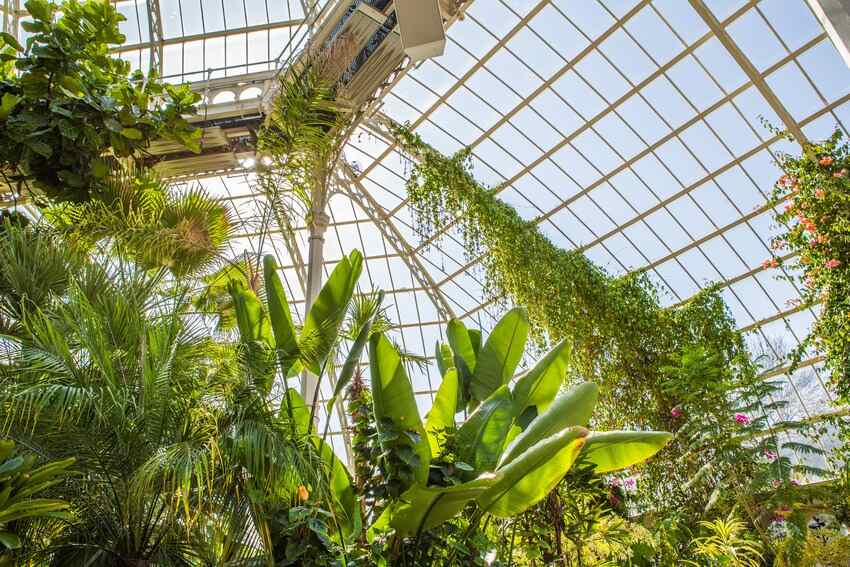Companies dedicated to the development of green infrastructure are at the forefront of disaster mitigation, employing sustainable practices that bolster resilience and promote environmental well-being. Green infrastructure encompasses meticulously planned networks of natural and semi-natural areas designed to provide various ecosystem services. Its multifaceted contributions extend beyond immediate disaster response, playing a crucial role in mitigating the impact of natural hazards and fostering climate-resilient communities.
Natural Hazard Mitigation
One of the primary contributions of green infrastructure lies in its ability to mitigate the impact of natural hazards. Through the implementation of features like green roofs, permeable pavements, and natural vegetation buffers, excess water during floods is absorbed, reducing the risk of inundation. Acting as natural barriers, these features offer a sustainable and cost-effective approach to disaster risk reduction, providing a tangible and immediate response to environmental challenges.
Climate Change Adaptation
Companies prioritizing green infrastructure are instrumental in addressing the long-term impacts of climate-related disasters. Sustainable practices, including the creation of urban green spaces and widespread tree planting, contribute to carbon sequestration, air quality improvement, and temperature regulation. Such initiatives foster climate-resilient communities, mitigating the adverse effects of changing climatic conditions and ensuring a sustainable future.
Biodiversity Conservation
Green infrastructure projects often involve the protection and restoration of natural habitats, contributing significantly to biodiversity conservation. Preserving diverse ecosystems is critical for stability and resilience, as varied habitats are better equipped to withstand and recover from disasters. Companies engaged in green infrastructure indirectly support disaster mitigation by safeguarding natural habitats and promoting a harmonious coexistence with the environment.
Community Engagement and Education
Beyond physical interventions, companies involved in green infrastructure development actively engage with local communities. Raising awareness about sustainable practices and the importance of environmental conservation is a key aspect of their initiatives. By educating communities about the benefits of green infrastructure, these companies foster a sense of shared responsibility, encouraging active participation in disaster preparedness and response efforts.
Economic Resilience
Investing in green infrastructure not only benefits the environment but also contributes to economic resilience. These projects create jobs, stimulate local economies, and alleviate the financial burden associated with disaster recovery. By promoting sustainable practices, companies in this sector enhance long-term economic stability, enabling communities to bounce back more quickly after a disaster and fostering a resilient and sustainable future.

